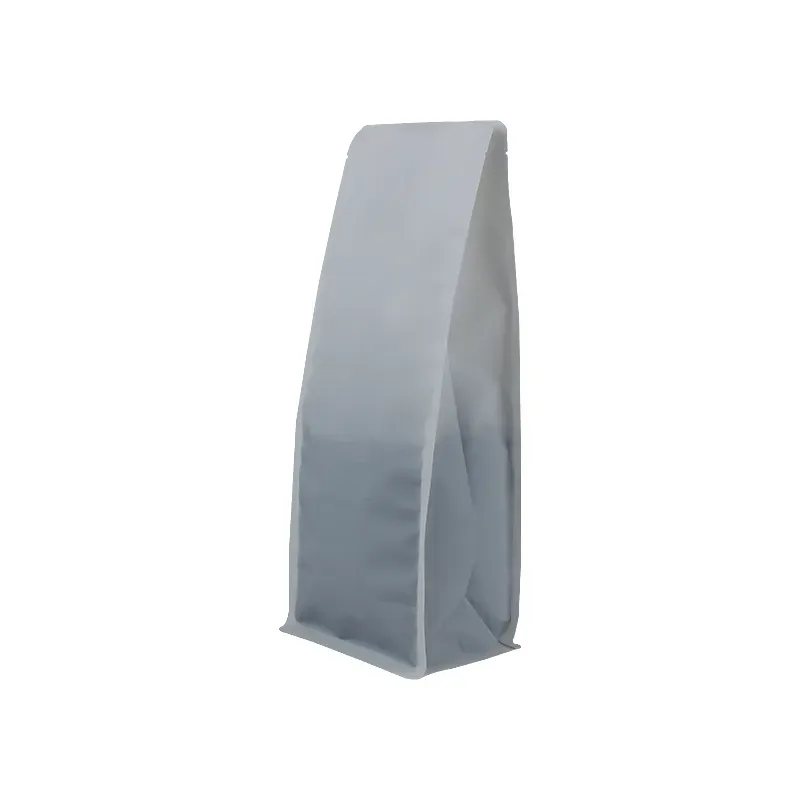- Afrikaans
- Albanian
- Amharic
- Arabic
- Armenian
- Azerbaijani
- Basque
- Belarusian
- Bengali
- Bosnian
- Bulgarian
- Catalan
- Cebuano
- chinese_simplified
- chinese_traditional
- Corsican
- Croatian
- Czech
- Danish
- Dutch
- English
- Esperanto
- Estonian
- Finnish
- French
- Frisian
- Galician
- Georgian
- German
- Greek
- Gujarati
- haitian_creole
- hausa
- hawaiian
- Hebrew
- Hindi
- Miao
- Hungarian
- Icelandic
- igbo
- Indonesian
- irish
- Italian
- Japanese
- Javanese
- Kannada
- kazakh
- Khmer
- Rwandese
- Korean
- Kurdish
- Kyrgyz
- Lao
- Latin
- Latvian
- Lithuanian
- Luxembourgish
- Macedonian
- Malgashi
- Malay
- Malayalam
- Maltese
- Maori
- Marathi
- Mongolian
- Myanmar
- Nepali
- Norwegian
- Norwegian
- Occitan
- Pashto
- Persian
- Polish
- Portuguese
- Punjabi
- Romanian
- Russian
- Samoan
- scottish-gaelic
- Serbian
- Sesotho
- Shona
- Sindhi
- Sinhala
- Slovak
- Slovenian
- Somali
- Spanish
- Sundanese
- Swahili
- Swedish
- Tagalog
- Tajik
- Tamil
- Tatar
- Telugu
- Thai
- Turkish
- Turkmen
- Ukrainian
- Urdu
- Uighur
- Uzbek
- Vietnamese
- Welsh
- Bantu
- Yiddish
- Yoruba
- Zulu
Innovative Solutions for Efficient and Sustainable Salami Packaging Techniques
The Innovations and Importance of Salami Packaging
Salami, a beloved cured sausage with roots in Italy, is enjoyed by meat lovers worldwide. As the demand for this savory delicacy continues to rise, so does the significance of its packaging. Effective salami packaging not only preserves the product's quality but also ensures safety, enhances aesthetics, and extends shelf life. In this article, we will explore the innovations and importance of salami packaging in today's market.
Preserving Quality
One of the primary functions of salami packaging is to preserve the quality of the product. Salami is made through a carefully monitored process of curing, fermentation, and drying. To maintain its unique flavor and texture, the packaging must protect the salami from external factors such as moisture, air, and light. Modern packaging solutions often incorporate materials that are both moisture-resistant and airtight, preventing spoilage and oxidation. Vacuum-sealed packaging, for instance, removes air from the package, significantly increasing the salami's shelf life while retaining its original taste.
Safety Standards
Food safety is a critical concern in the meat industry, and salami is no exception. The risk of contamination can arise during processing, shipping, and storage. Packaging plays a pivotal role in safeguarding salami from pathogens and pollutants. Innovative materials such as barrier films provide additional protection, ensuring that the product remains uncontaminated. Additionally, many manufacturers adhere to strict food safety regulations, incorporating tamper-evident seals to reassure consumers of the product's integrity and safety.
Aesthetic Appeal
salami packaging

Packaging is not just about function; it also serves an essential marketing purpose. The visual appeal of salami packaging can significantly influence consumer purchasing decisions. Eye-catching designs, vibrant colors, and clear labeling can convey quality and authenticity. For example, traditional packaging with rustic elements can evoke a sense of artisanal craftsmanship, attracting consumers looking for high-quality, authentic products. Meanwhile, modern and sleek designs may appeal to a younger demographic seeking convenience and style. As the competitive landscape of the food industry intensifies, innovative and attractive packaging becomes vital in differentiating products on the shelf.
Sustainability Efforts
In recent years, sustainability has emerged as a significant focus in the packaging industry. Consumers are increasingly aware of their environmental footprint and seek products packaged in eco-friendly materials. Many salami producers are adopting biodegradable or recyclable materials to minimize waste and reduce their carbon footprint. Additionally, some companies are exploring innovative packaging technologies, such as edible coatings that allow consumers to enjoy the product without generating additional waste. This shift towards sustainable packaging not only appeals to environmentally conscious consumers but also enhances brand reputation.
Future Trends
Looking ahead, the future of salami packaging is likely to be characterized by continued innovation. Advances in smart packaging technologies could revolutionize how we preserve and monitor food quality. For instance, incorporating sensors that track temperature and humidity levels could provide real-time data, ensuring optimal storage conditions. Additionally, the use of QR codes on packaging can enhance traceability, allowing consumers to learn more about the product's origin, ingredients, and processing methods.
Conclusion
In summary, salami packaging plays a crucial role in maintaining quality, ensuring safety, enhancing aesthetic appeal, and promoting sustainability. As the market for salami continues to grow, innovation in packaging will remain a vital aspect of the industry. By focusing on effective and attractive packaging solutions, producers can meet consumer demands while ensuring their products stand out in a crowded marketplace. As we move forward, the importance of packaging in preserving the beloved salami will only become more pronounced, reflecting the evolving landscape of consumer expectations and environmental responsibility.













